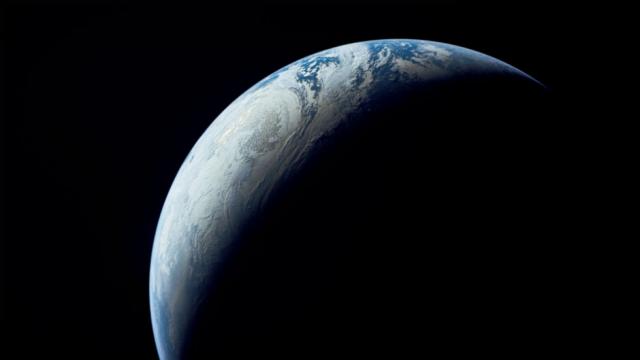Later in 2018, two robotic probes, launched by NASA and the Japanese Aerospace Exploration Agency (JAXA) will each reach separate asteroids.
The probes will extract samples from the asteroids before returning to Earth. These separate space missions will help to determine the composition the asteroids and test technology for retrieving their potential riches.
The NASA mission, OSIRIS-REx, will arrive at an asteroid called Bennu, orbiting the sun about 460 million miles away, in August. The probe will make a remote sensing campaign of Bennu, thought to be comprised of clays, volatiles, and some organic material.
At one point OSIRIS-REx will come into contact with Bennu and collect loose particles that are thought to cover its surface. The probe will blast out of orbit around the asteroid in March 2021 and is scheduled to arrive back on Earth with its sample in September 2023.
In the meantime, the Japanese Hayabusa2 will arrive at an asteroid called Ryugu, a rare type of asteroid that contains both volatile material and water-bearing materials in June 2018. The Japanese probe will also examine Ryugu remotely and collect a sample before departing in December 2019. Hayabusa2 will arrive back on Earth in December 2020.
Both the OSIRIS-REx and Hayabusa2 missions are scientific missions to gather data that will give further insight into the origin and development of the solar system. However, the two voyages of discovery have economic implications as well.
According to Asterank, a database that charts the scientific and economic characteristics of 600,000 asteroids, Bennu contains almost $670 billion worth of minerals and Ryugu has almost $83 billion. All that is necessary is to get at the material, extract it, and find markets for it.
Asteroid mining has been considered the stuff of science fiction. That point of view changed radically when Goldman Sachs, an organization not known for its fanciful analysis, declared that mining asteroids will be a growth industry in the 21st century.
Even before the Goldman Sachs report, two companies, Planetary Resources and Deep Space Industries, were formed for the expressed purpose of mining asteroids for profit. Planetary Resources recently took another step toward the dawn of asteroid mining by launching the Arkyd-6 CubeSat, a tiny satellite that will test technologies to find asteroids and determine their worth for mining.
The first salable commodity that could be mined from asteroids will be water. Water can be used to sustain future space colonies. However, more immediately, water can be refined into hydrogen and oxygen, components of rocket fuel.
Rocket fuel can be stored in depots where spacecraft could then top off before proceeding on to destinations in deep space, eliminating the need for taking all the fuel needed for such voyages from Earth. Servicing spacecraft could carry rocket fuel to satellites orbiting the Earth to refuel them, lengthening their lifespans, a capability that will have an immediate effect on the world economy.
Other minerals available at some asteroids include platinum-group metals, a vital component for a wide variety of high-tech products. Industrial-grade metals such as iron, aluminum, and silicon could be used to build large structures in space.
The material would be fed into 3D printers to create components which would then be put together by robotic assemblers. The structures that could be built in space include high-capacity communications satellites with vast antenna arrays and space-based solar collectors that can tap the sun’s energy and beam it back to Earth 24/7.
Just as the current push to return to the moon has a heavy economic imperative, asteroid exploration should be aligned with its commercial possibilities as much as its scientific benefit. NASA should form partnerships with the new asteroid mining companies for mutual benefit.
It should be noted that China has ambitions of exploring asteroids and exploiting their wealth for economic benefit. The Chinese plan to start sending missions to asteroids as early as 2020.
Farther in the future, according to the South China Morning Post, China intends to conduct missions similar to the Asteroid Redirect Mission, proposed during the Obama administration but then abandoned. The idea is to capture asteroids, insert then into orbit around the moon, and then mine them at leisure. At stake is wealth in the sky that is valued in the trillions of dollars and which could help serve as the basis of an industrial revolution in space.
Source: The Hill

































Leave a Comment
You must be logged in to post a comment.